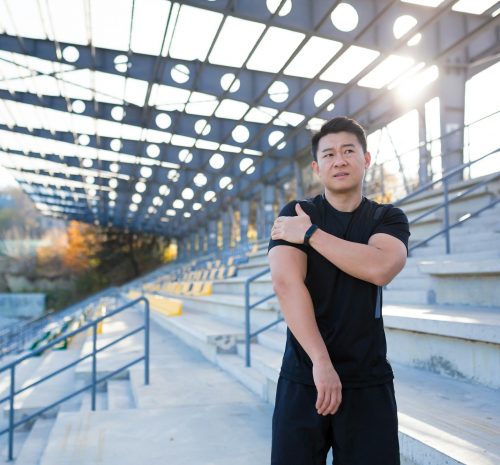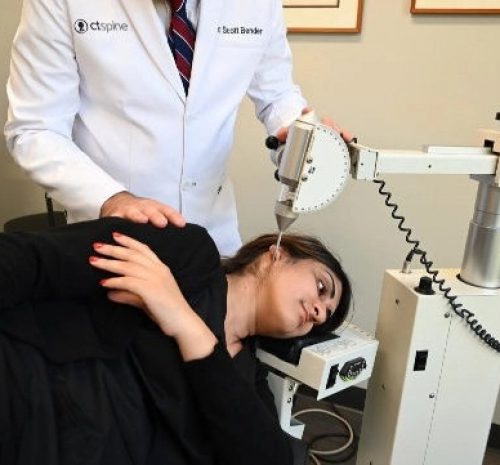(203) 967-8888 | 1200 High Ridge Rd. Stamford, CT 06905
Whether it’s at work, at the gym, or on the road, an accident can change your life in an instant.

Two of the most common causes of work-related accidents are slips, trips, and falls and contact with objects and equipment. Any time the human body falls, runs into an object, or is struck by a piece of equipment no matter how small, the body can suffer a significant injury, especially if the injury is to the head, neck, or spine.
In cases where the head and neck are injured, the Atlas vertebrae (the top cervical bone in the neck that supports the head) can become misaligned, which in turn affects the alignment of the spine. Any disruptions or abnormalities to the spine can have adverse effects on many areas of the body, including blood flow to the brain.
Auto accidents can affect just about every part of the body, but injuries typically affect muscles, discs, nerves, ligaments, and tendons in the delicate structure of the neck. Experienced by millions of Americans every year, whiplash can result in structural damage that is difficult to detect and correct. If not properly diagnosed and treated, these injuries can undermine the structural balance of the body and set off a “domino effect” that can exacerbate over time and produce a variety of symptoms.


Unfortunately, as we age, our bodies are more prone to injury, especially to the head and neck region if a collision occurs during a contact sport or if a fall happens during an individual sport. A traumatic injury to the head or neck area can cause the Atlas vertebrae (the top cervical bone in the neck that supports the head) to become misaligned, which in turn affects the alignment of the spine. Because the spine protects the spinal cord that attaches the brain to the body’s central nervous system, any disruptions or abnormalities to the spine can have adverse effects on many areas of the body, including blood flow to the brain.
